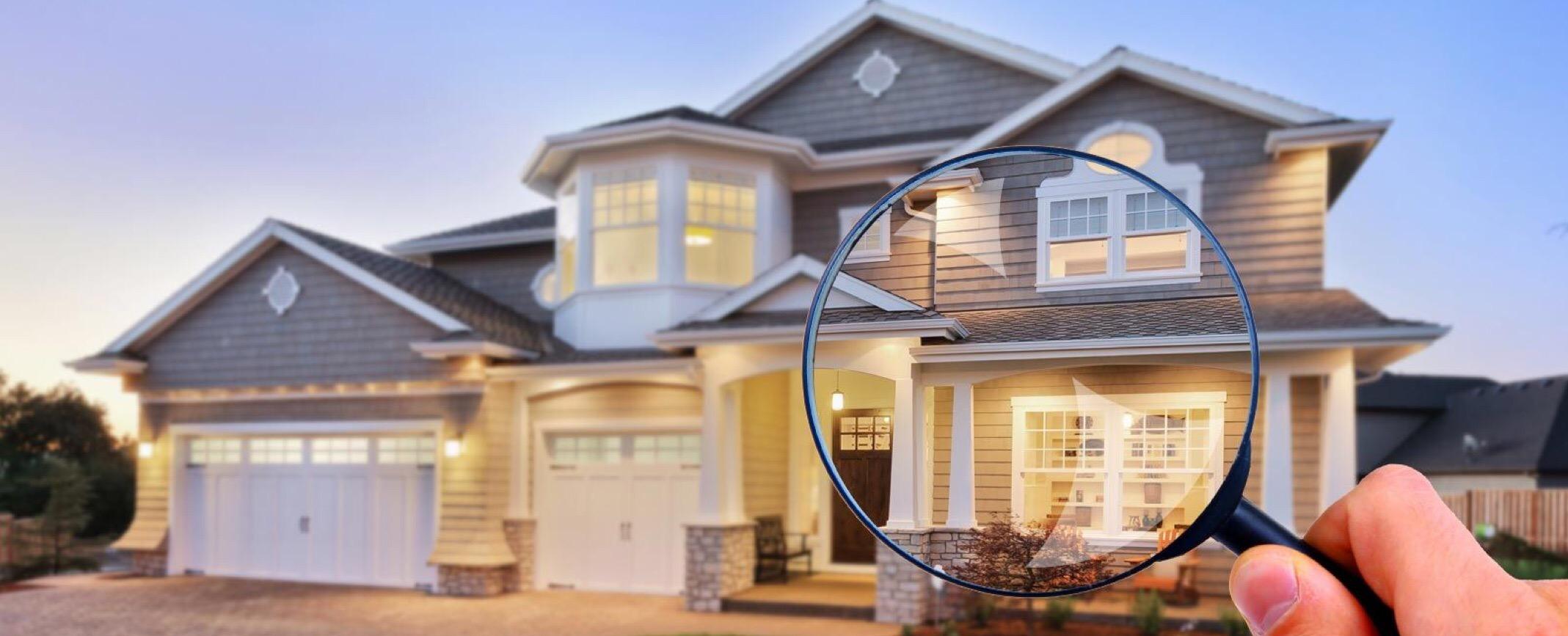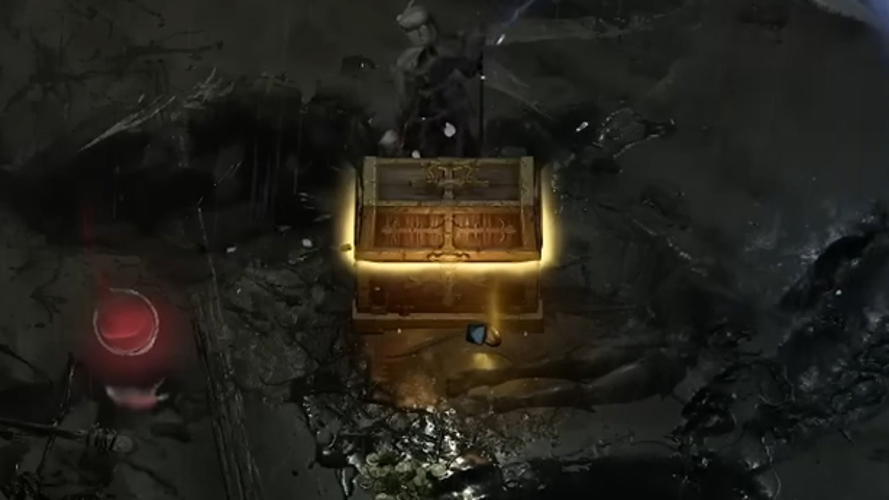Top Mistakes to Avoid During a Home Inspection in Canada

Buying or owning a home in Canada is one of the biggest financial commitments a person can make. A key step in protecting this investment is a professional home inspection. Unfortunately, many homeowners—especially first-time buyers—make common mistakes during the inspection process that can lead to costly repairs or missed issues.
This guide will cover the most frequent mistakes Canadian homeowners make during home inspections and how to avoid them. By following these tips, you can ensure a thorough, stress-free inspection and make informed decisions about your property.
Why Home Inspections Matter in Canada
Canada’s diverse climate, ranging from harsh winters in Manitoba to humid summers in Ontario, places unique stresses on homes. A professional home inspection helps you:
-
Identify hidden structural problems.
-
Assess the condition of plumbing, electrical, and HVAC systems.
-
Evaluate potential safety hazards.
-
Plan for repairs or upgrades.
Skipping or mishandling a home inspection can result in major financial loss, safety risks, and unexpected headaches down the road.
Common Mistakes to Avoid During Home Inspections
1. Choosing the Wrong Inspector
A home inspection is only as good as the inspector. Some buyers make the mistake of hiring an unlicensed or inexperienced inspector to save money.
Avoid this by:
-
Choosing inspectors certified by CAHPI or your provincial regulatory body.
-
Checking reviews, testimonials, and previous client experiences.
-
Ensuring they have experience with homes in your region and climate.
2. Attending the Inspection Unprepared
Many buyers fail to prepare for the inspection, which limits their understanding of the home’s condition.
Avoid this by:
-
Making a checklist of areas or systems you want the inspector to pay attention to.
-
Bringing a notebook and camera to take notes and pictures.
-
Asking questions during the inspection to clarify concerns.
3. Relying Only on the Report
Some buyers make the mistake of only reading the inspection report without attending the inspection.
Avoid this by:
-
Being present during the inspection to see problems firsthand.
-
Asking the inspector to explain issues in simple terms.
-
Understanding which problems are urgent versus minor maintenance items.
4. Overlooking Seasonal Issues
Canada’s weather extremes mean homes face seasonal challenges like ice dams, frozen pipes, mold from humidity, or summer pests. Ignoring these can lead to surprises later.
Avoid this by:
-
Scheduling inspections in the relevant season for the issue.
-
Asking the inspector about potential seasonal problems.
-
Planning preventive maintenance based on their recommendations.
5. Ignoring Small Issues
Buyers sometimes dismiss minor problems, thinking they are cosmetic or insignificant. However, small issues often indicate larger, underlying problems.
Avoid this by:
-
Investigating minor cracks, leaks, or electrical concerns.
-
Asking the inspector for further evaluation if necessary.
-
Budgeting for minor repairs to prevent escalation.
6. Not Understanding Home Systems
Many homeowners do not understand how HVAC, plumbing, or electrical systems work, leading them to misinterpret inspection results.
Avoid this by:
-
Asking inspectors to explain each system in detail.
-
Learning about your home’s systems through guides or tutorials.
-
Keeping manuals, warranties, and records handy.
7. Skipping Specialized Inspections
Some homes, especially older Canadian properties, may need specialized inspections for:
-
Radon testing
-
Mold or moisture evaluation
-
Pest inspection
-
Chimney and fireplace assessment
Avoid this by:
-
Asking the inspector if additional inspections are necessary.
-
Budgeting for specialized inspections if recommended.
8. Delaying Repairs
After receiving a home inspection report, some homeowners delay addressing issues, which can worsen over time.
Avoid this by:
-
Acting promptly on urgent repairs.
-
Scheduling maintenance for less urgent items within a reasonable timeline.
-
Keeping a repair log to track progress and costs.
Key Areas to Focus on During a Home Inspection in Canada
Structural Integrity
-
Foundation cracks or settling
-
Sagging floors or walls
-
Roof framing and truss condition
Roofing and Exterior
-
Shingles, tiles, or metal roof issues
-
Gutters and drainage problems
-
Siding, brickwork, and exterior finishing
Plumbing
-
Leaks, corrosion, or old pipes
-
Hot water tank and boiler conditions
-
Water pressure and drainage systems
Electrical Systems
-
Circuit breaker panel and wiring
-
Outlets, switches, and grounding
-
Fire hazards or outdated systems
Heating, Ventilation, and Air Conditioning (HVAC)
-
Furnace or boiler efficiency
-
Airflow and duct condition
-
Air conditioning performance and maintenance
Interior and Safety
-
Doors, windows, and locks
-
Mold or moisture in basements and attics
-
Smoke and carbon monoxide detectors
How to Prepare for a Home Inspection
-
Clean and Clear Access – Ensure basements, attics, and utility rooms are accessible.
-
Gather Documentation – Collect maintenance records, warranties, and repair histories.
-
Be Ready with Questions – Prepare a list of questions for the inspector.
-
Attend the Inspection – Being present allows you to see issues firsthand and understand solutions.
Mistakes First-Time Home Buyers Make
-
Rushing the process: Buying in a competitive market can lead to skipping inspections.
-
Ignoring the report: Failing to review the detailed inspection report carefully.
-
Not using it for negotiation: Inspection findings can be leveraged for repairs or price adjustments.
-
Assuming everything is perfect: Even new homes can have defects.
Costs and Value of Home Inspections in Canada
The cost of a professional home inspection depends on property size and complexity:
-
Condos or townhouses: $300–$500
-
Single-family homes: $400–$700
-
Larger or older homes: $700+
While it is an upfront cost, the long-term value far outweighs the expense, preventing major repair costs and ensuring safety.
Hipwex: Trusted Home Inspection Services in Canada
At Hipwex, we help Canadian homeowners avoid common mistakes during the inspection process. Our certified inspectors provide thorough evaluations, highlight potential risks, and explain findings in a way that homeowners can understand and act upon.
Whether you’re buying a new home in Vancouver, a condo in Toronto, or maintaining a property in Quebec, Hipwex ensures that your home inspection is accurate, detailed, and actionable.
Conclusion
Avoiding common mistakes during a home inspection can save Canadian homeowners thousands of dollars, prevent safety hazards, and protect property value. From hiring the right inspector to addressing issues promptly, each step plays a critical role in maintaining a healthy, safe home.
A careful, informed home inspection ensures that you know exactly what you’re investing in. Partnering with a trusted service like Hipwex makes the process seamless and reliable, giving homeowners peace of mind and confidence in their property decisions.






